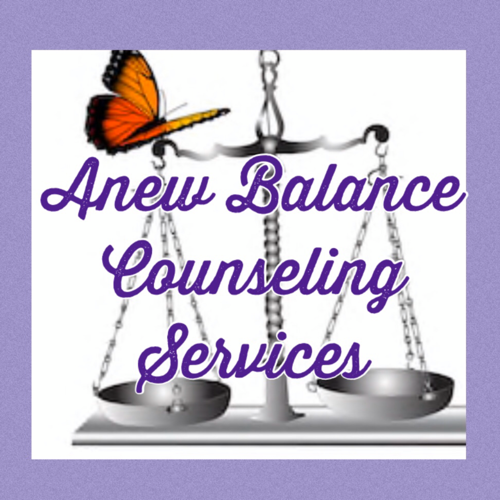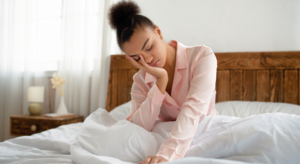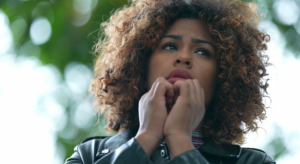What Causes SAD and Common Symptoms:
- Explain that reduced sunlight can disrupt the body’s internal clock and lead to low serotonin and melatonin levels, which affect mood and sleep.
- List common symptoms of SAD, such as low energy, sleep disturbances, increased irritability, difficulty concentrating, and loss of interest in daily activities.
Coping Strategies for SAD:
- Light Therapy: Describe light therapy, which involves exposure to a special light box to simulate sunlight. Mention it as a commonly recommended treatment for SAD.
- Exercise: Suggest engaging in regular physical activity, like brisk walks or yoga, which can boost mood and energy levels.
- Social Connection: Emphasize staying connected with friends and family, even virtually, to avoid isolation during darker months.
- Establish a Routine: Encourage a daily routine that incorporates outdoor time, healthy meals, and regular sleep to stabilize mood.
When to Seek Support from a Counselor:
- Explain that a counselor can help clients recognize the signs of SAD, provide personalized coping strategies, and offer support through therapeutic techniques like cognitive-behavioral therapy (CBT).
- Conclude with reassurance that SAD is treatable and that mental health support can make a significant difference.




